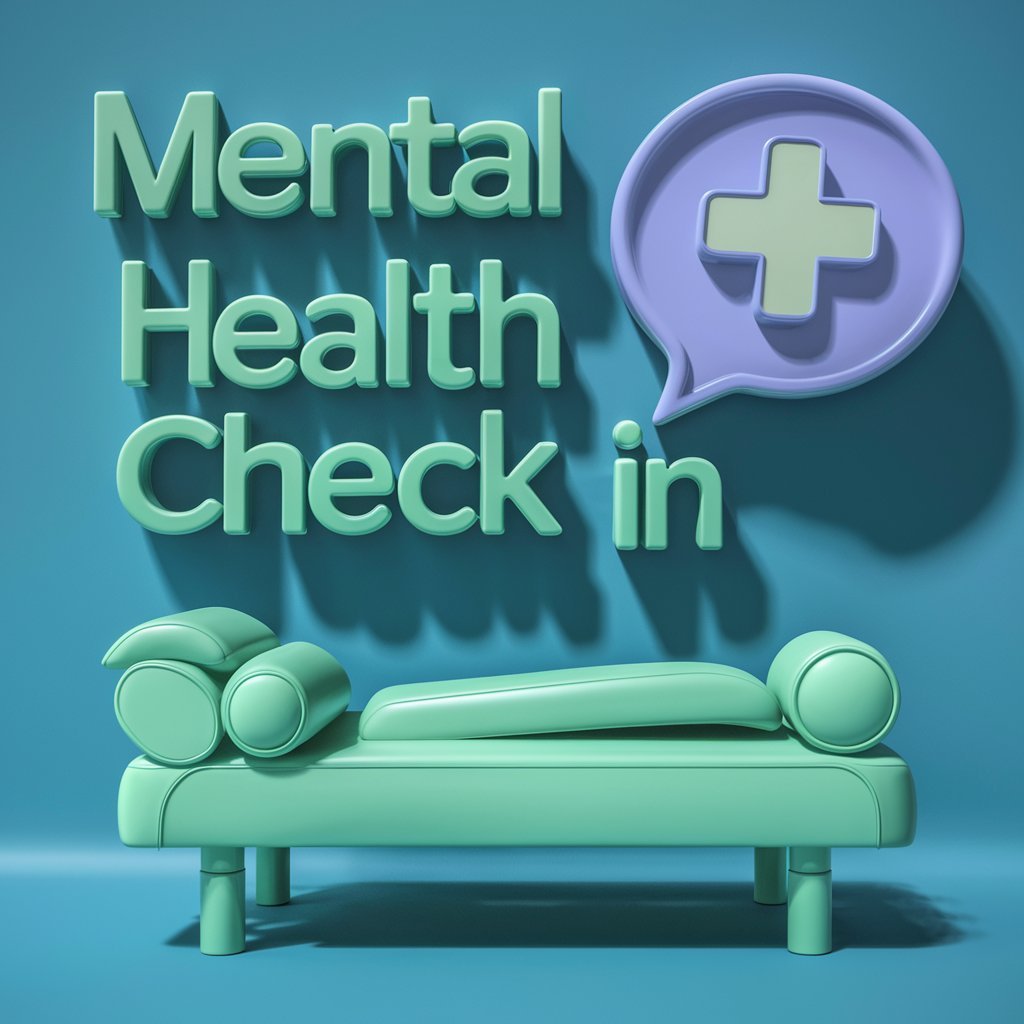Post-Traumatic Stress Disorder (PTSD) is a mental health condition that can develop after experiencing or witnessing a traumatic event. This condition can have a profound impact on a person’s emotional well-being, relationships, and overall quality of life. However, with the right support and treatment, it is possible to heal from trauma and take control of your mental health.
Understanding PTSD
PTSD can occur in anyone who has experienced a traumatic event, such as military combat, natural disasters, car accidents, physical or sexual assault, or other life-threatening events. Symptoms of PTSD can vary from person to person but commonly include flashbacks, nightmares, severe anxiety, and intrusive thoughts related to the traumatic event.
It is important to understand that PTSD is not a sign of weakness or a character flaw. It is a natural response to experiencing or witnessing a traumatic event. Seeking help and support is a sign of strength and resilience.
Healing from Trauma
Healing from trauma and managing PTSD involves a combination of therapy, medication, self-care, and support from loved ones. Cognitive-behavioral therapy (CBT) is often recommended for treating PTSD, as it helps individuals identify and change negative thought patterns and behaviors related to the traumatic event. Medication, such as antidepressants or anti-anxiety medications, may also be prescribed to help manage symptoms of PTSD.
Self-care is an essential aspect of healing from trauma and managing PTSD. This may include practicing mindfulness, engaging in regular exercise, getting an adequate amount of sleep, and avoiding substances that can exacerbate symptoms of PTSD. It is also important to reach out to friends, family, or a support group for emotional support during difficult times.
Taking Control of Your Mental Health
Taking control of your mental health means actively participating in your treatment and making choices that support your well-being. This may involve attending therapy sessions regularly, taking medication as prescribed, practicing relaxation techniques, and setting boundaries in your relationships to protect your mental health.
It is important to communicate openly and honestly with your healthcare provider about your symptoms and any challenges you may be facing in managing your PTSD. Your provider can work with you to adjust your treatment plan as needed and provide additional support as you navigate your healing journey.
Conclusion
PTSD is a challenging condition to live with, but it is possible to heal from trauma and take control of your mental health with the right support and treatment. By seeking help, practicing self-care, and actively participating in your treatment, you can improve your quality of life and find healing and peace.
FAQs
Q: Can PTSD go away on its own?
A: In some cases, symptoms of PTSD may improve over time without treatment. However, for many individuals, PTSD is a chronic condition that requires ongoing management and support. It is important to seek help and treatment if you are experiencing symptoms of PTSD to improve your overall well-being.
Q: How can I support a loved one with PTSD?
A: Supporting a loved one with PTSD involves listening to their experiences, validating their feelings, and offering emotional support. Encouraging your loved one to seek professional help, practicing patience and understanding, and educating yourself about PTSD can also be helpful in supporting their healing journey.





